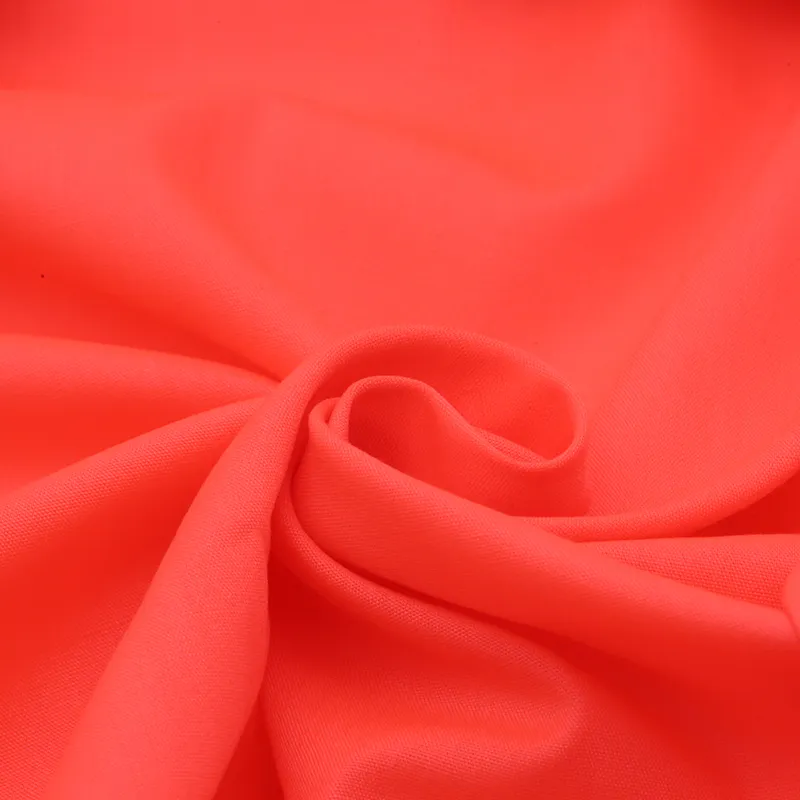Understanding Pocket Fabrics and Styles
When selecting types of pocketing fabric, it's essential to consider durability, comfort, and functionality. Common materials include cotton, polyester, and blends of both. Cotton offers breathability and softness, making it a popular choice for casual wear. Polyester provides strength and resistance to shrinking, suitable for garments requiring durability. Blended fabrics aim to combine the advantages of both materials, offering a balance between comfort and longevity. The choice of pocketing fabric significantly influences the overall quality and feel of the garment.

Different Types of Jacket Pockets
Jackets feature various pocket styles, each serving both aesthetic and functional purposes. Understanding the different types of jacket pockets can enhance both the design and usability of the garment. Common styles include:
Flap Pockets: These are versatile pockets covered by a rectangular flap, commonly found on suit jackets and blazers. They offer a classic look suitable for various occasions.
Patch Pockets: Consisting of fabric sewn directly onto the jacket's exterior, patch pockets present a casual appearance often seen on sport coats and casual jackets.
Jetted Pockets: Also known as besom pockets, these are sleek, flapless pockets sewn into the jacket lining, providing a formal and minimalist look, typically featured on tuxedos and dinner jackets.
Ticket Pockets: A smaller pocket situated above the main right pocket, traditionally used for holding train tickets. This feature adds a touch of classic tailoring to the jacket.
Each pocket style contributes to the jacket's overall aesthetic and functionality, allowing for personalization based on the wearer's preferences and needs.
Types of Back Pockets on Pants
Awọn types of back pockets on pants play a significant role in both style and utility. Common variations include:
Welt Pockets: These are flat pockets sewn into the fabric with a reinforced border, offering a clean and formal appearance, often found on dress pants.
Flap Pockets: Featuring a fabric flap covering the pocket opening, these provide a secure closure and are commonly seen on casual trousers and cargo pants.
Patch Pockets: Similar to jacket patch pockets, these are external pockets sewn onto the seat of the pants, typically found on casual wear like jeans.
Buttoned Pockets: These pockets include a button closure for added security, often used in both formal and casual trousers to keep contents secure.
The choice of back pocket style can influence the pants' formality and functionality, catering to different fashion preferences and practical requirements.
Types of Pockets on Trousers
Trousers incorporate various pocket styles to enhance both their practicality and aesthetic appeal. Notable types of pockets on trousers include:
Slant Pockets: Also known as slash pockets, these are set at an angle on the front of the trousers, allowing easy access and a streamlined look.
Side Seam Pockets: Integrated into the side seams of the trousers, these pockets offer a discreet and minimalist appearance, commonly found in formal wear.
Cargo Pockets: Large, expandable pockets typically located on the thighs, secured with flaps and sometimes pleats, designed for carrying bulky items, prevalent in utility and casual wear.
Coin Pockets: Small pockets nestled within the front pockets, originally intended for carrying coins or small items, commonly found in jeans and casual trousers.
Understanding these pocket styles aids in selecting trousers that align with both functional needs and fashion preferences.
Types of Pocketing Fabric FAQs
What factors should be considered when choosing pocketing fabric?
When selecting pocketing fabric, consider durability, comfort, and the garment's intended use. Fabrics like cotton offer breathability, while polyester provides strength. Blends can offer a balance of both qualities.
How do different jacket pocket styles affect the formality of the garment?
Jacket pocket styles significantly influence formality. Flap pockets are versatile for various occasions, patch pockets lend a casual feel, and jetted pockets offer a sleek, formal appearance suitable for tuxedos.
Are certain back pocket styles more suitable for specific types of pants?
Yes, back pocket styles should align with the pants' formality and function. Welt pockets are ideal for dress pants, while patch pockets suit casual wear like jeans. Flap and buttoned pockets offer additional security and style variations.
Why are cargo pockets commonly used in utility trousers?
Cargo pockets provide ample storage space with their large, expandable design, making them practical for carrying tools and essentials, which is why they're prevalent in utility and outdoor trousers.
Can the choice of pocket style impact the overall silhouette of trousers?
Absolutely, pocket styles can affect the trousers' silhouette. For instance, slant pockets create a streamlined look, while cargo pockets add bulk, influencing the garment's overall shape and aesthetic.
-
Hot Sale 180D CEY Crepe AirFlow Woven Fabric 100% PolyesterIroyinNov.14,2025
-
Twill TR Fabric for Elastic Suits & Trousers, ShrinkproofIroyinNov.14,2025
-
Grey Muslin Fabric — Soft, Durable, Bulk & Custom SizesIroyinNov.14,2025
-
CEY Crepe Fabric, Plain Woven Airflow Polyester TextileIroyinNov.14,2025
-
Wholesale Custom TR Fabric 80/20 Soft Arabic Thobe FabricIroyinNov.14,2025
-
Polyester Cloth - Durable, Wrinkle-Resistant, Factory DirectIroyinNov.05,2025
-
TR 80/20 Poly Viscose Twill Thobe & Suiting Fabric Easy-CareIroyinNov.05,2025











